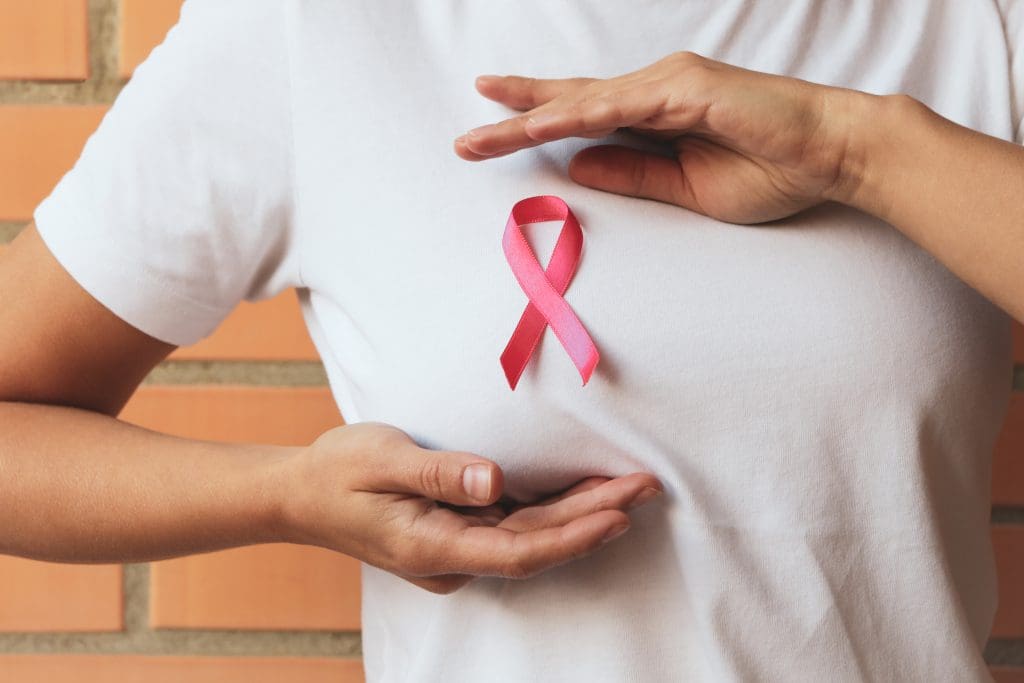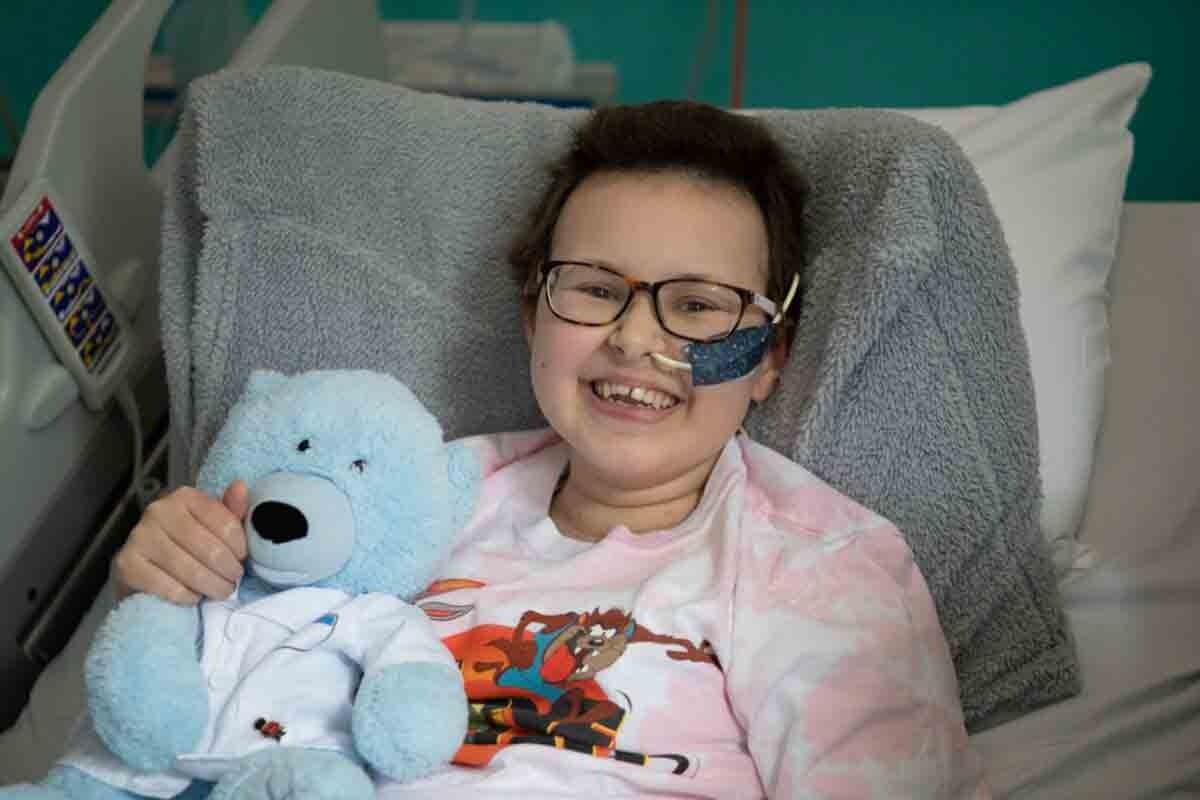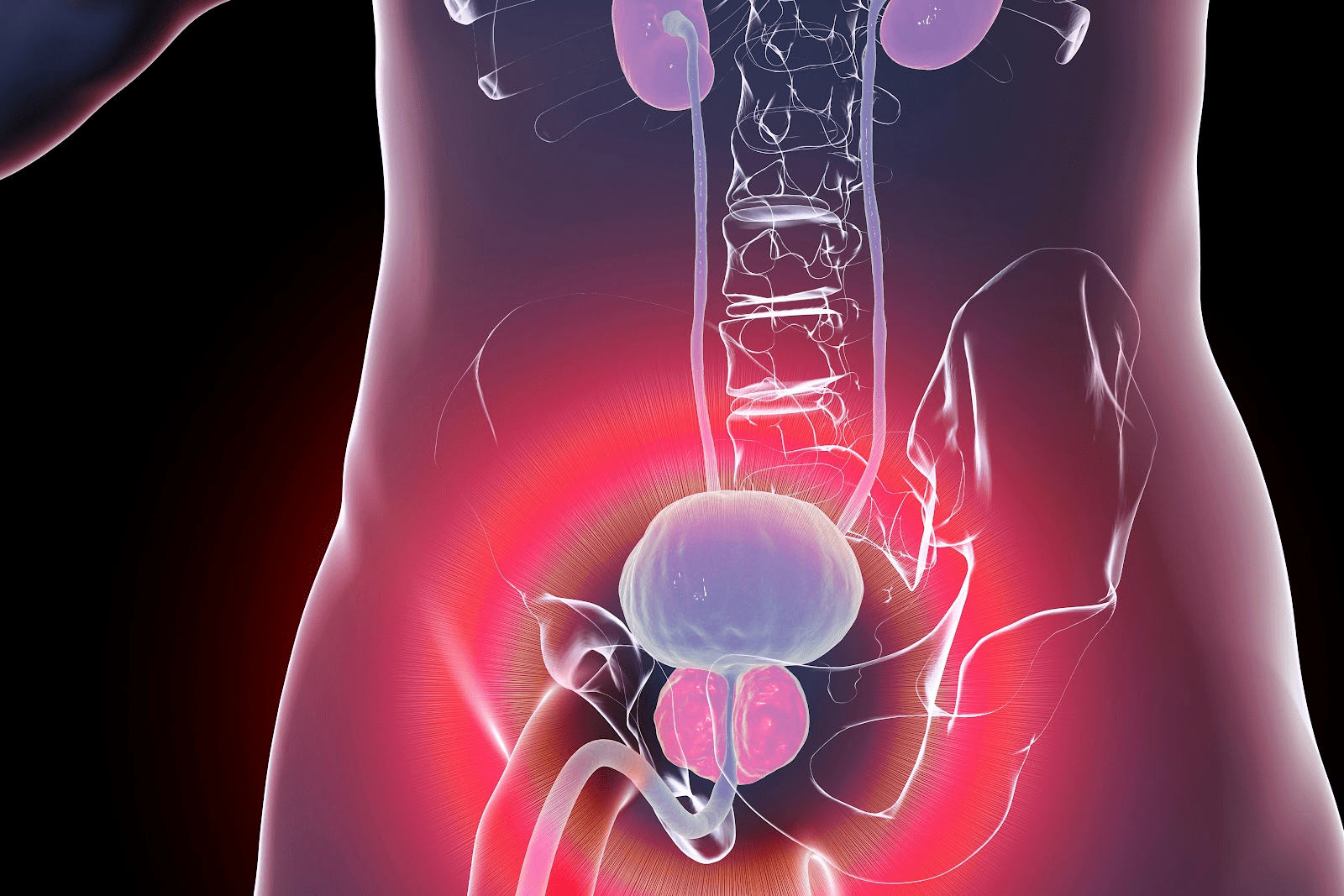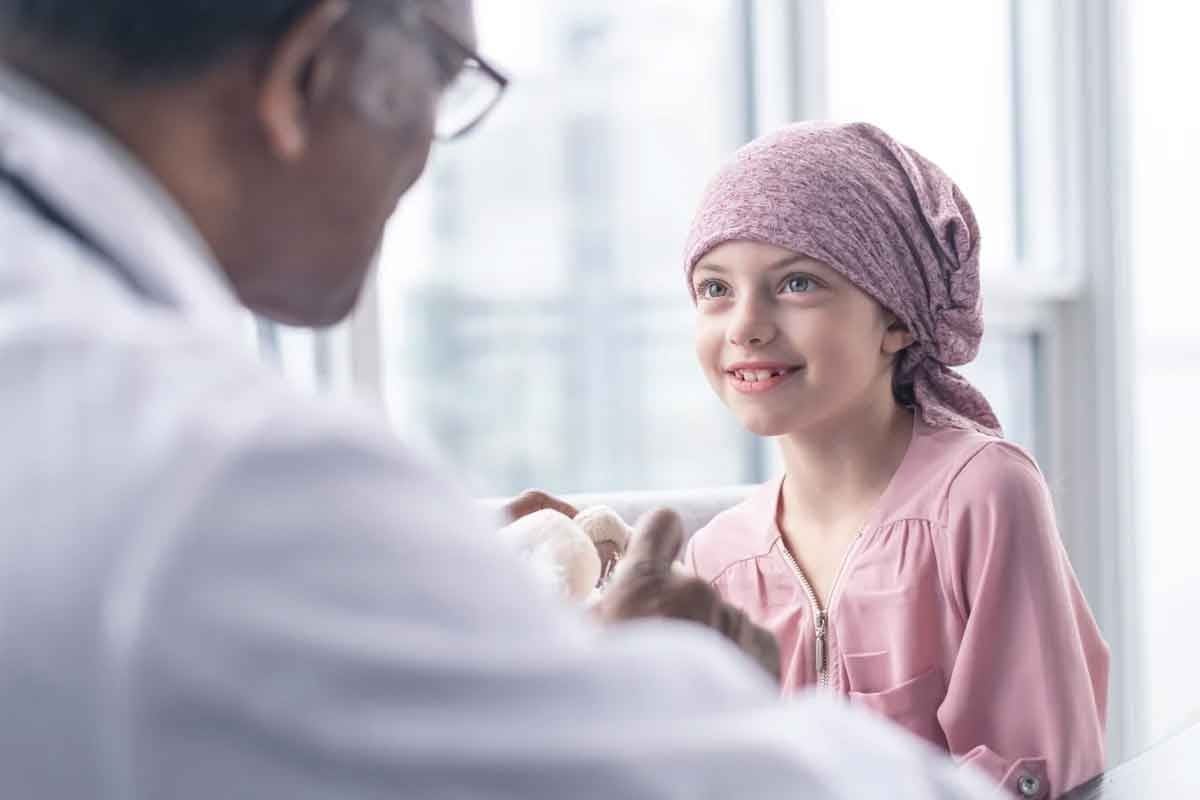Last Updated on November 27, 2025 by Bilal Hasdemir
Breast cancer is a big problem worldwide, hitting 1 in 8 women at some point. Finding it early is key, and understanding how people first notice breast cancer makes a big difference in how well you can be treated and live longer.
The clinical features of cancer can be different. But, common signs are changes in how the breast feels, nipple discharge, and lumps. Knowing these early warning signs can help spot the disease early.
It’s important to know what to look for. This article will talk about the signs of breast cancer in women and what these changes might look like.
Key Takeaways
- Breast cancer is a common disease affecting 1 in 8 women.
- Early detection improves treatment outcomes and survival rates.
- Common signs include changes in breast texture and unusual lumps.
- Awareness of clinical features can aid in early detection.
- Understanding early warning signs is key for timely medical help.
Understanding Breast Cancer: The Basics

Knowing the basics of breast cancer is key for early detection and treatment. It’s a disease where breast cells grow too much and form tumors. Understanding this helps us deal with diagnosis and treatment options.
What is Breast Cancer?
Breast cancer happens when breast cells grow and multiply without control, making a tumor. These cells can spread to other parts of the body. Early detection is key for effective treatment.
Common Types of Breast Cancer
There are many types of breast cancer, each different. The most common is invasive ductal carcinoma, starting in milk ducts. Other types include invasive lobular carcinoma and ductal carcinoma in situ (DCIS).
Risk Factors for Developing Breast Cancer
Many things can increase your chance of getting breast cancer. These include genetic mutations like BRCA1 and BRCA2, family history, radiation, and hormonal factors. Knowing these can help in early detection and prevention.
Some risk factors you can’t change, like age and genetics. But knowing them makes you more aware of your breast health.
Common First Signs of Breast Cancer
Breast cancer often shows up in small ways. Spotting these early can really help. Knowing what to look for is key to catching it early.
Lumps and Thickening
A lump in the breast or thickening that feels different is a common sign. Not every lump is cancer, but any new one should be checked. Knowing your breasts well helps you notice any changes.
Most breast lumps aren’t cancer, says the American Cancer Society. But, any new lump or thickening needs a doctor’s look. Lumps can be painless or hurt, and may move or stay in place.
Changes in Breast Size or Shape
Changes in breast size or shape can also mean cancer. This might be swelling, shrinking, or uneven breasts. Breast tenderness or pain can happen with these changes, but not always.
A study found that changes in size or shape are common signs of breast cancer, next to lumps.
Skin Changes and Texture
Skin changes like dimpling, redness, or an orange peel look are signs. These happen when cancer affects the skin or lymph vessels in the breast.
| Skin Change | Description |
| Dimpling | A depression or dimple in the skin, similar to the skin on an orange. |
| Redness | The breast may appear red or inflamed, sometimes accompanied by warmth. |
| Peau d’Orange | The skin takes on a texture resembling the peel of an orange, due to lymphedema. |
Early detection is key to treating breast cancer well. Knowing the signs can lead to early diagnosis and treatment, says a medical expert.
“The most important thing is to be aware of what’s normal for your body and to seek medical attention if you notice any unusual changes.”
Visual Changes: What Does Breast Cancer Look Like?
Breast cancer can show itself in different ways, some small, others big. Knowing these signs is key to catching it early.
Nipple Changes and Discharge
Changes in the nipple can be a sign of breast cancer. This includes inversion or flattening of the nipple or odd discharge. Discharge can be clear, yellow, or bloody.
While many things can cause nipple discharge, sudden, one-sided discharge is a red flag. Keep an eye on nipple changes, as they can signal cancer early. If you see anything odd, see a doctor right away.
Redness and Inflammation
Breast cancer can also make the breast look red and swollen. This might look like a rash or redness on the skin, with swelling or warmth. Inflammatory breast cancer, a rare but aggressive type, often shows these signs.
It’s important to tell if redness is from an infection or something more serious like cancer. If redness or swelling doesn’t go away with usual treatments, it needs to be checked out.
Visible Vein Changes
Another sign of breast cancer is veins that are more visible. As a tumor grows, it can affect blood flow, making veins stand out on the breast.
Seeing veins is normal, but sudden changes or unevenness are not. This symptom is less common but important when seen with other signs.
Physical Sensations: Pain and Discomfort
It’s important to know about the physical signs of breast cancer for early detection. Not all breast cancers cause pain, but some signs can point to the disease.
Pain Under the Breast
Pain under the breast, or inframammary pain, might be linked to breast cancer. This pain can feel sharp or dull. It’s key to tell if it’s from cancer or other issues like muscle or stomach problems.
- Sharp stabbing pain
- Dull ache
- Intermittent or persistent pain
Armpit Pain and Swelling
Armpit pain and swelling might be signs of breast cancer, if the cancer has reached the lymph nodes. This pain can be mild or very severe. Swelling can happen when cancer cells build up in the lymph nodes.
Common symptoms include:
- Pain or tenderness in the armpit
- Swelling or lump in the armpit
- Redness or warmth around the armpit area
Breast Tenderness and Burning Sensations
Some women with breast cancer may feel their breasts are tender or burning. These feelings can be constant or change with their period. While often seen in benign conditions, they can also hint at breast cancer.
Watching for any changes in breast tenderness or burning is key. If these symptoms don’t go away or get worse, see a doctor.
Knowing about these physical signs and their possible causes helps in catching breast cancer early. If you notice unusual or ongoing pain or discomfort, get a doctor’s check-up right away.
How to Know If You Have Breast Cancer: Key Warning Signs
It’s important to know the signs of breast cancer early. This can lead to better treatment. Keeping an eye on your breast health can spot problems early.
Persistent and Progressive Symptoms
Look out for symptoms that don’t go away. These signs can get worse over time. Watch for any changes in your breast tissue, like lumps or thickening.
Symptoms That Shouldn’t Be Ignored
Some symptoms need immediate medical help. Look out for nipple changes or discharge, redness, and visible veins. If you see these, see a doctor right away.
When Normal Breast Changes Become Concerning
Breasts change with the menstrual cycle. But some changes are a cause for concern. Notice any unusual or lasting changes, like pain that doesn’t go away with your period.
Knowing these warning signs helps you take care of your breast health. It’s key to address any concerns quickly.
Distinguishing Between Cancer and Benign Conditions
It’s important to know the difference between benign breast conditions and cancer. Many women have breast changes that are scary but not cancer. These changes can be detected early and treated.
Breast Cysts vs. Cancer
Breast cysts are fluid-filled sacs in the breast. They can cause lumps or swelling. Unlike cancer, breast cysts are:
- Soft or fluid-filled
- Tender to the touch
- Variable in size, often changing with the menstrual cycle
Even though most breast cysts are not cancer, it’s key to check any new lump or change. A healthcare professional can confirm if it’s not cancer.
Normal Breast Changes During Menstrual Cycle
The menstrual cycle can cause breast changes. These include:
- Swelling and tenderness due to hormonal changes
- Lumps or thickening that may go away after the cycle
- Changes in breast texture or sensitivity
These changes usually happen in both breasts and can vary from cycle to cycle.
Signs You Don’t Have Cancer
Some signs can show that a breast change is not cancer:
- Reversibility: Changes that go away on their own, like after the menstrual cycle.
- Symmetry: Changes that happen in both breasts the same way.
- Tenderness: Lumps or areas that are soft to the touch.
But only a doctor can say for sure if it’s not cancer.
In summary, while most breast changes are not cancer, staying alert and getting regular check-ups is important. This helps catch any issues early and gives peace of mind.
Less Common Signs of Breast Cancer
It’s important to know the less common signs of breast cancer. Early detection is key to effective treatment. While many know the typical signs, there are other symptoms that could mean breast cancer.
Swelling in One Side of the Body
Swelling in one side of the body is a less common sign. It happens if cancer blocks the lymphatic vessels. This swelling can show up in the arm, hand, or breast area.
A condition called lymphedema can occur if cancer cells block the lymph nodes. This leads to fluid buildup.
Unusual Fatigue and Systemic Symptoms
Unusual fatigue is another sign that’s not well-known. It can happen if cancer is present. It makes you feel unwell, leading to constant tiredness or lack of energy.
This symptom can be tricky because it’s often blamed on other things.
Lymph Node Changes and Lumps on Collarbone
Changes in the lymph nodes can also signal breast cancer. Swollen or enlarged lymph nodes under the arm or near the collarbone mean cancer cells have spread. Sometimes, a lump on the collarbone can mean cancer has moved.
It’s vital to get any unusual lumps or swelling checked by a doctor.
Knowing these less common signs can help find and treat cancer early. If you notice any of these symptoms, see a healthcare provider right away.
Breast Cancer in Special Populations
Men, pregnant women, and younger women face unique challenges with breast cancer. It’s important to know these differences for early detection and treatment.
Signs of Breast Cancer in Men
Breast cancer in men is rare but serious. Look out for these symptoms:
- A lump or thickening in the breast tissue
- Nipple discharge or change in nipple position
- Pain in the breast or nipple area
Men with a family history or BRCA2 mutation should watch for these signs. Early detection is key to better treatment.
Breast Cancer During Pregnancy and Breastfeeding
Breast cancer during pregnancy or breastfeeding is tough to spot. Look for these signs:
- A persistent lump or mass that doesn’t resolve after breastfeeding
- Changes in breast size or shape
- Nipple discharge or inversion
Pregnant or breastfeeding women should tell their doctor about any unusual changes. Timely diagnosis is essential.
Breast Cancer in Younger Women
Breast cancer in younger women tends to be aggressive. It’s important to recognize the signs:
- A new lump or thickening in the breast or underarm area
- Changes in breast size, shape, or contour
- Dimpling or redness of the skin
Younger women, with a family history, should be extra cautious. Discussing risk factors with a healthcare provider is vital.
Understanding breast cancer in different groups can lead to better detection and treatment. Awareness and education are essential to fight this disease in all demographics.
| Population | Common Signs | Risk Factors |
| Men | Lump, nipple discharge, pain | Family history, BRCA2 mutation |
| Women during Pregnancy/Breastfeeding | Persistent lump, changes in breast size/shape | Genetic mutations, delayed childbirth |
| Younger Women | New lump, changes in breast contour, dimpling | Family history, genetic predisposition |
Performing Effective Breast Self-Examinations
Learning how to do a breast self-examination can help you take charge of your breast health. Doing self-exams regularly helps you know your breasts better. This makes it easier to spot any unusual changes.
Step-by-Step Guide to Self-Examination
To do a breast self-examination, follow these steps:
- Stand in front of a mirror and look at your breasts. Check for any changes in shape, size, or symmetry.
- Lift your arms and check for any changes in the skin, such as dimpling or redness.
- Lie down and use your right hand to feel your left breast. Use a circular motion to check for any lumps or thickening.
- Repeat the process for your right breast using your left hand.
- Lastly, stand up and feel your breasts while standing, using the same circular motion.
What to Look For During Self-Exams
During your self-exam, look for any changes, such as:
- Lumps or thickening in the breast or underarm area.
- Changes in breast size or shape.
- Dimpling or puckering of the skin.
- Nipple changes, such as inversion or discharge.
- Redness or inflammation.
If you notice any of these changes, consult your doctor.
How Often to Perform Self-Exams
It is recommended to perform breast self-examinations once a month, a few days after your menstrual cycle ends. This helps ensure that your breasts are not tender or swollen, making it easier to detect any abnormalities.
By performing regular self-exams, you can become more familiar with your breasts and detect any changes early.
When to See a Doctor
Knowing when to see a doctor is key to getting timely medical help. Early detection and treatment are vital for breast cancer. Spotting urgent signs early can save lives.
Urgent Warning Signs
Some symptoms mean you should see a doctor right away. These include:
- Persistent lumps or thickening in the breast or underarm area that doesn’t resolve with your menstrual cycle.
- Nipple changes, such as inversion, discharge, or scaling.
- Skin changes, including redness, dimpling, or a texture resembling orange peel.
- Unusual pain or discomfort in one breast or armpit that persists.
Preparing for Your Appointment
Being ready for your doctor’s visit is important. Here’s how to prepare:
- Gather your medical history, including any previous breast biopsies, mammograms, or other relevant medical information.
- List your symptoms, including when they started and any changes you’ve noticed.
- Write down your questions to ask the doctor, ensuring you cover all your concerns.
Being prepared can make your appointment more productive and help you feel more at ease.
What to Expect During Evaluation
During your visit, the doctor will likely perform a clinical breast examination. They may also order additional tests such as a mammogram, ultrasound, or biopsy, depending on their findings. Here’s what you can expect:
- A thorough questioning about your symptoms and medical history.
- A physical examination of your breasts.
- Possibly, a referral for further diagnostic testing.
Understanding what to expect can help reduce anxiety and make the process smoother.
Conclusion: Early Detection Saves Lives
Knowing the early signs of breast cancer is key for catching it early and treating it well. By understanding both common and rare signs, people can take care of their health early on.
Early detection greatly boosts survival chances. The American Cancer Society says that catching breast cancer early can lead to a nearly 100% 5-year survival rate. This shows how vital regular self-checks, doctor visits, and watching for breast changes are.
By learning about breast cancer signs and getting regular check-ups, people can greatly improve their chances of finding it early. This active approach to health is critical, and it’s even more important for those at higher risk. Staying informed and watchful is essential for everyone.
FAQ
What are the early signs of breast cancer?
Early signs include lumps, changes in size or shape, and skin changes. Nipple changes and pain under the breast or armpit are also signs.
What does breast cancer look like?
It can cause redness, inflammation, and visible veins. Nipple changes like discharge or inversion are also signs.
Is breast pain a sign of breast cancer?
Breast pain can be a symptom, but it’s not always cancer. Hormonal changes or other conditions can also cause it.
How can I tell if I have breast cancer?
Know the warning signs like persistent symptoms. If you notice unusual changes, see a doctor.
What is the difference between a breast cyst and breast cancer?
Cysts are fluid-filled and usually benign. Cancer is a malignant tumor. A doctor can tell the difference with tests and biopsies.
Can men get breast cancer?
Yes, men can get it, though it’s rare. They should watch for lumps or nipple changes.
How often should I perform breast self-examinations?
Do them monthly, a few days after your period. Breasts are less tender then.
What are the less common signs of breast cancer?
Swelling, unusual fatigue, and lymph node changes are less common signs.
When should I see a doctor about breast changes?
See a doctor for any unusual or persistent changes. This includes lumps, pain, or nipple changes.
What can I expect during a breast evaluation?
A doctor will examine you, take your medical history, and may order tests like mammograms or ultrasounds.
Can breastfeeding women get breast cancer?
Yes, they can. While breastfeeding lowers risk, watch for any breast changes.
Are there any specific risk factors for breast cancer?
Yes, family history, genetic mutations, and radiation exposure increase risk.
Can young women get breast cancer?
Yes, though it’s rare. Young women with family history or genetic mutations are at higher risk.






